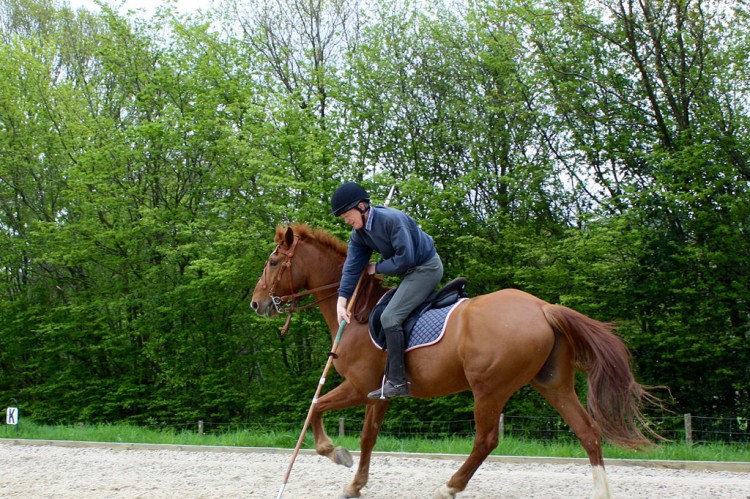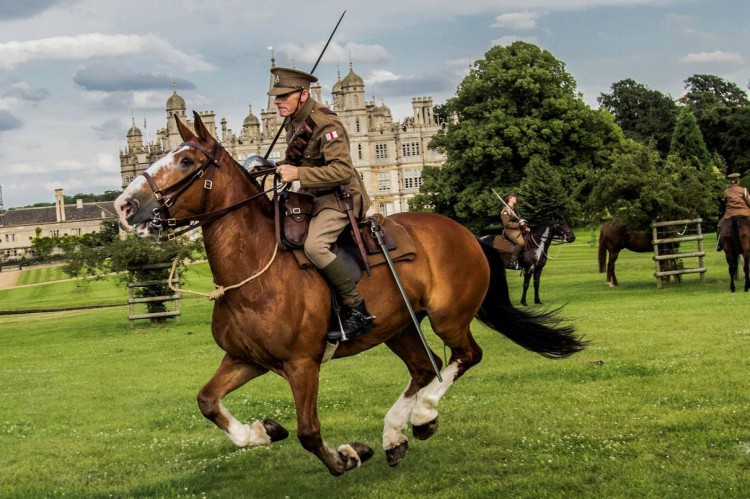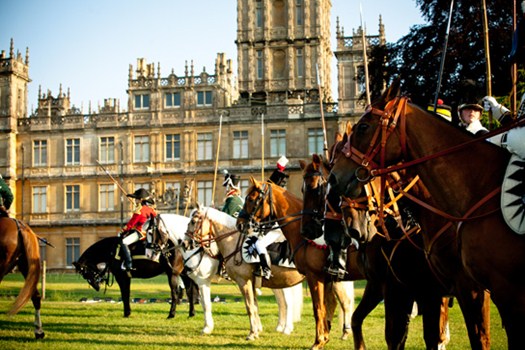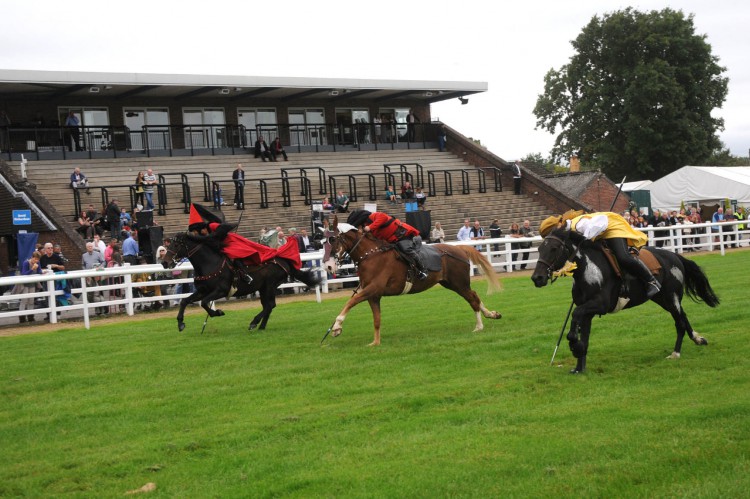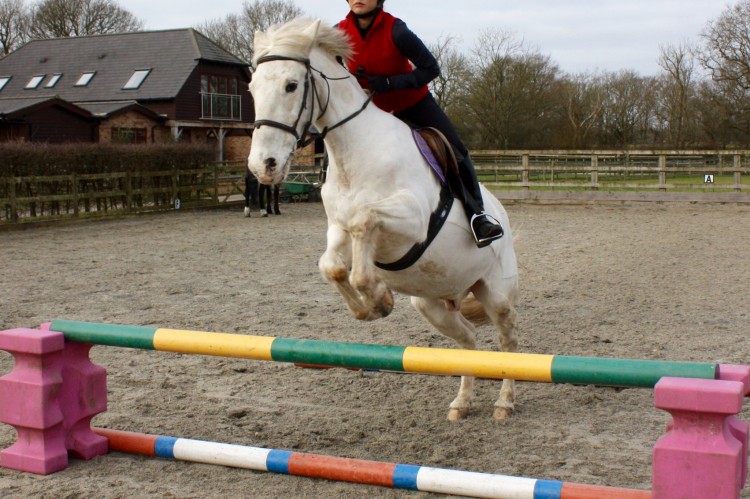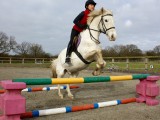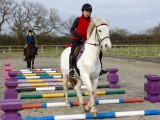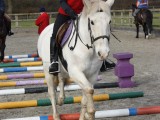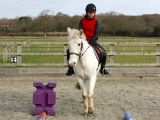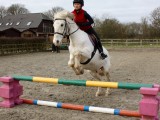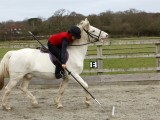Louis ( Lewesboy) is a 16.2 chestnut Irish Sports Horse. He is now 20years old.
Originally bought as a show jumper , he was never quite brave enough to make the grade.
He has taken part in many riding club activities including dressage at which he has done well in elementary tests. He has performed at many skill-at-arms competitions and displays, including Battle Prom displays, and re-enactments.
See Louis’ gallery
-
 LouisSee images »
LouisSee images »

